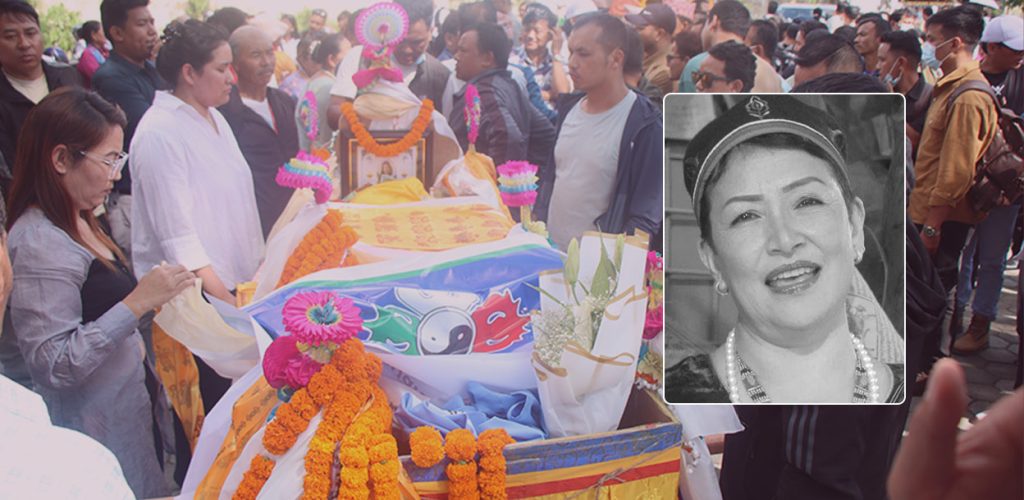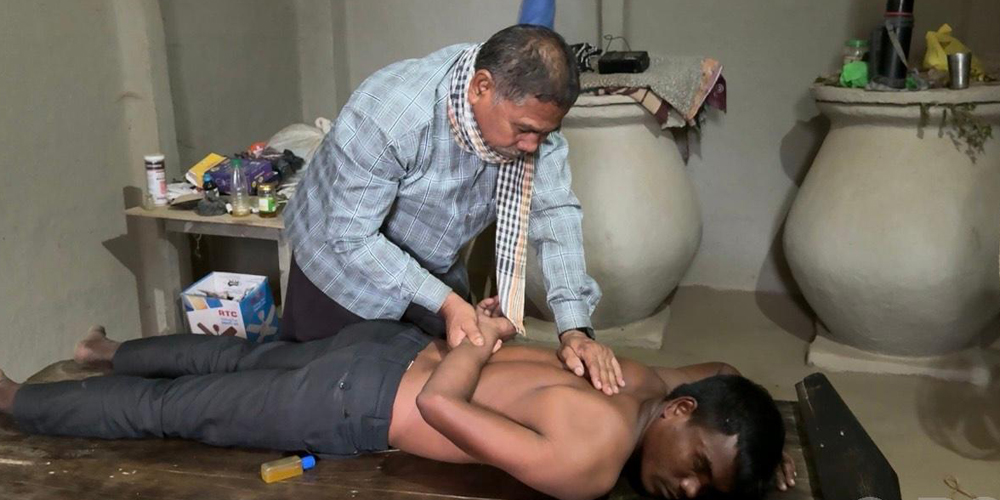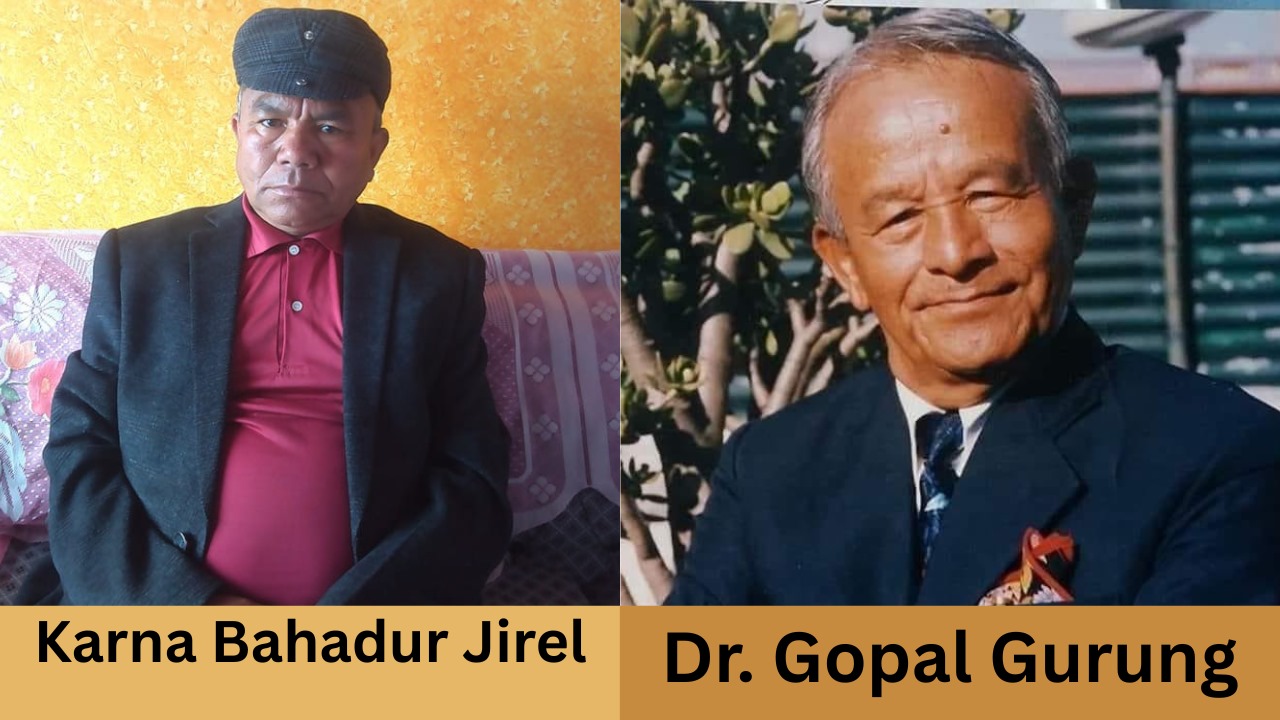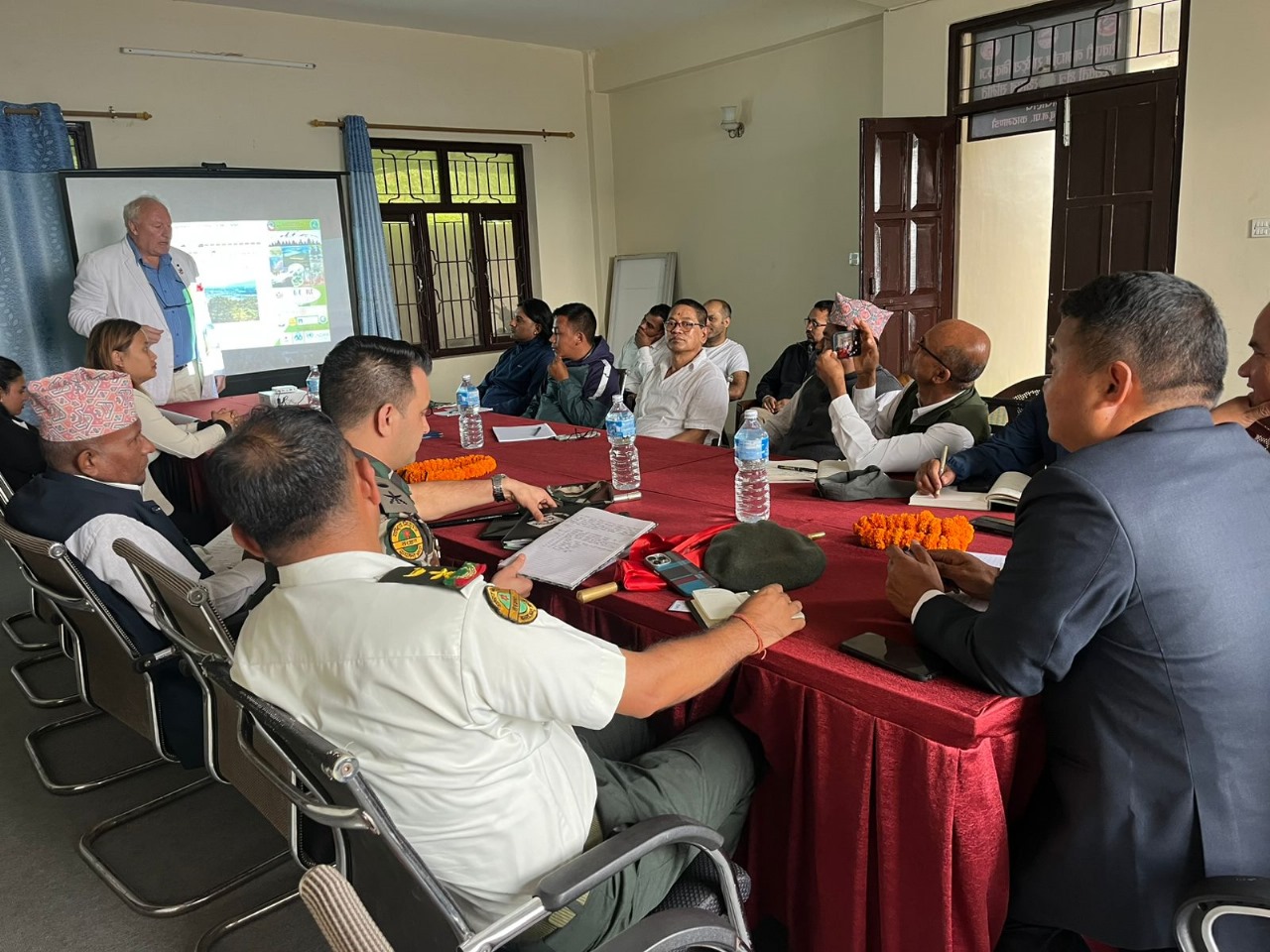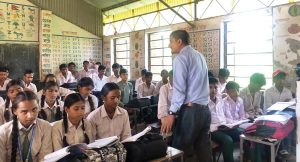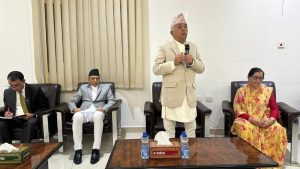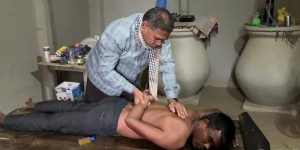Prem Lama:
Now, only the Kanthe folk tunes that remind this earth of Indira, the Deuda of the Far West, the folk melodies of Gandaki and the East, and hundreds of Tamang Selos from her own community remain.
Kathmandu, 03 Sep: Indira Gole was born in 1966 in Bhardeu village of Lalitpur. She was born to father Jit Bahadur Gole and mother Kanchi Maya Gole. At that time, society discriminated against daughters, saying they should not go to school but instead do household chores and tend cattle. Indira too spent her childhood in the same way.
Whenever folk music programs echoed on the radio, she would leave her household chores and listen. Indira was beaten by her father many times, but she never stopped listening to the folk duet songs played on the radio.
She would always attend village fairs and festivals and never hesitated to take part in singing duets. Those performances at the fairs deepened her love for folk music.
Her family tried to keep her from going to the fairs by putting up strict restrictions, but she would sneak out, hiding from her parents’ eyes, and join the gatherings to sing. In this way, her musical journey slowly continued.
At the age of 13, Indira’s life took a new turn. She ran away from home and came to Jawalakhel, Lalitpur, where her two aunts lived.
There, she began weaving carpets in a factory. Along with the weaving threads of the carpet, her folk melodies also began to echo. The suppressed tunes within her started to bloom. Her coworkers gradually began to appreciate her singing, which encouraged her even more.
In 1982 (2039 BS), she married flutist Purna Bahadur Gurung. They had two daughters.
Even after marriage, her passion for music did not fade. Because she had married a flutist, the sound of his flute blended even more beautifully with her folk tunes.
Alongside weaving carpets, Indira also took part in singing duets at various religious fairs in Kathmandu.
One day, during the Balachaturdashi festival at Pashupatinath, she sat down with a group of young people to sing duets.
The contest was intense. At that very moment, a team from Radio Nepal, including Sundar Shrestha and Pandab Sunuwar, arrived. Indira’s team’s performance caught their attention. From Pandab Sunuwar’s team, Indira received an offer to record songs at Radio Nepal.
The moment she had long been waiting for, the feeling that had been suppressed within her, finally came true.
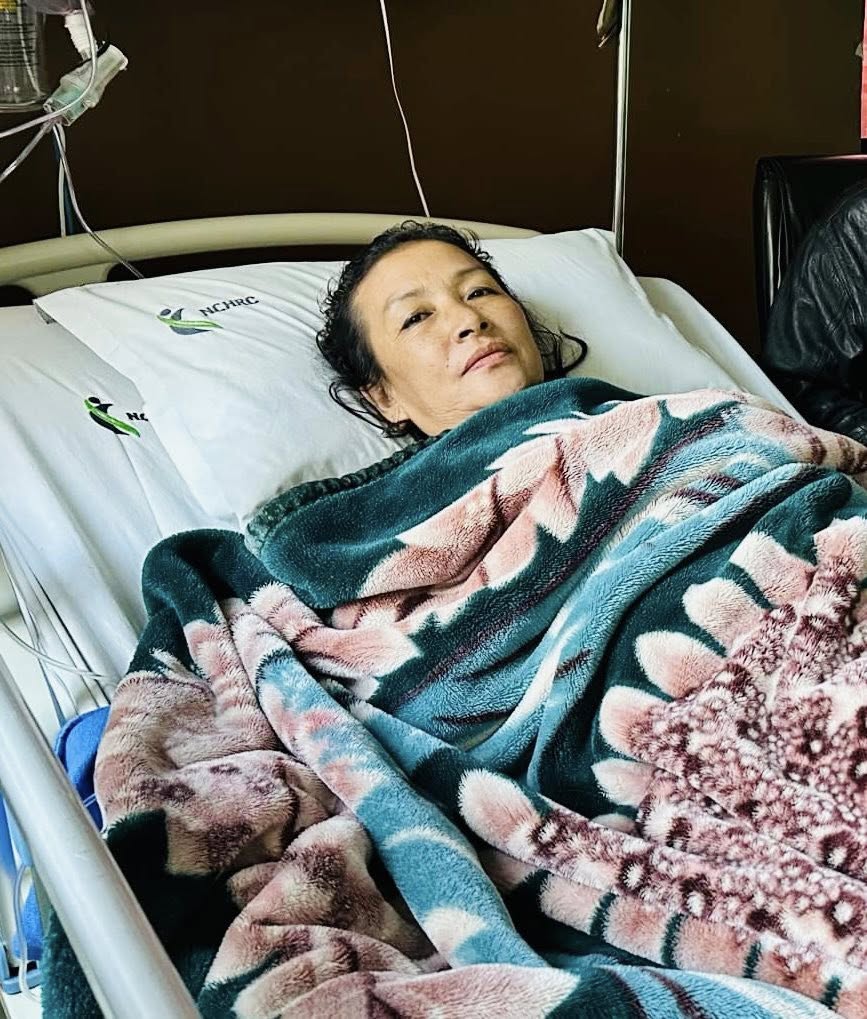
Ready for recording songs
It was in 1988. Indira recorded two songs for Radio Nepal. For which she received 200 rupees. After this, her musical journey gained momentum.
Through Ratna Recording, with the help of Tirtha Gandharba, she recorded a song in the dialect prevalent in the Gandaki region. Her song Akashiya Tarang resonated throughout the country through Radio Nepal.
Indira’s voice, which had been buried in a corner of Lalitpur, now began to echo throughout the country. Discussions increased. Encouragement increased. Indira laughed.
Then, at the request of Ammar Nepali, she recorded a Tamang cello song, which was recorded at Symphoning Studio.
This was her first Tamang cello. The first song itself garnered widespread attention. It is no wonder that this song became another turning point for Indira.
Success was on the rise. Around 1995-96, she recorded the Tamang song ‘Ko Mhendo’ with Chandra Kumar Dong in Roz Moktan’s album. This song gained even more popularity. Because of that song, Indira had to go underground for 18 days.
This song was also included in Roz Moktan’s album. Roz also had to stay under police control for 11 days. This song shook the state apparatus. This song was democratic. It was a voice against the racial oppression.
Roz recalls that this song especially brought a great awakening in the districts with a large Tamang population, such as Kathmandu, Lalitpur, Sindhupalchok, Kavrepalanchok, Nuwakot, and Dhading, among others.
Singer Bomjan says that Indira, who had been battling cancer, had recently overcome the illness and become active in music once again. He recalls that this year, during Sonam Lhosar, she took part in two to four stage programs.
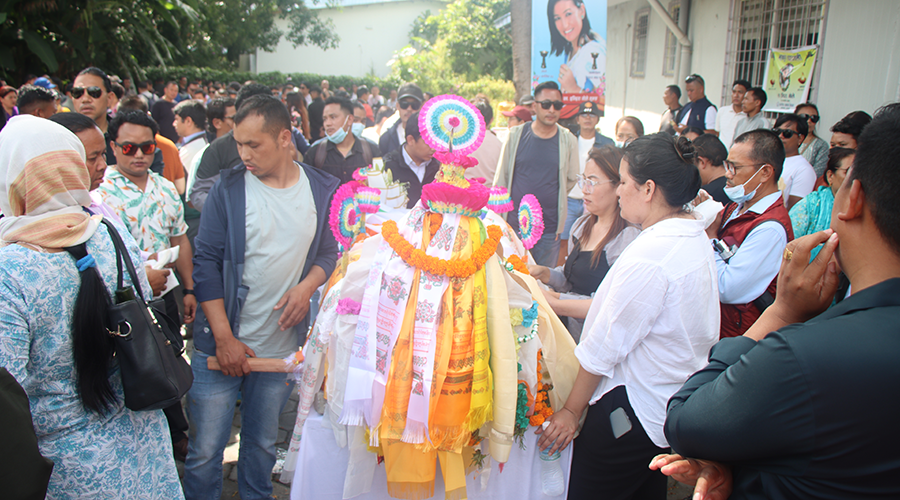
Treatment through support
Bomjan says that financial support has been received from various organizations in the country and abroad for singer Indira’s treatment.
“Not only organizations, but also social, political and other individuals directly participated in the fundraising campaign to save his life. The community in particular showed great initiative. There was no financial shortage for his treatment,” says Bomjan.
Bomjan complains that the state has not shown much interest in the treatment of Indira, who made such a great contribution to the state through songs and music.
He says, ‘The society itself took the initiative for Indira sister’s treatment. The necessary funds were collected for the treatment. But the state never took the initiative for her treatment. This is unfortunate.’
She was undergoing treatment at the Cancer Hospital in Harisiddhi after returning to Nepal from India. Just two weeks ago, she was receiving treatment and resting at an apartment in Hattiban, Lalitpur, with her younger daughter Muna Gurung.
Last night at 12 o’clock, Indira left this earth forever.


